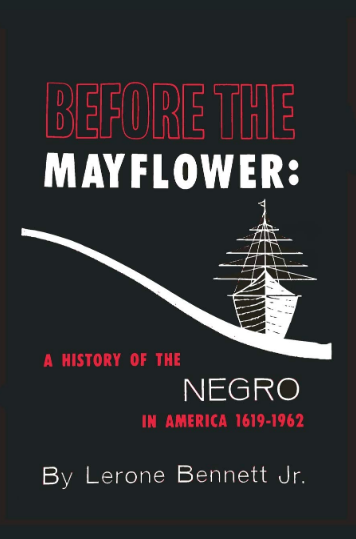

Johnson’s argument that the black middle class would embrace brands that depicted people of color in advertisements. Corporate advertisers who had previously shunned black ventures warmed to Mr. Johnson announced that his new magazine would celebrate black success and “mirror the happier side of Negro life - the positive everyday achievements from Harlem to Hollywood.” Ebony featured smiling women on its covers and included photo essays showing members of the African-American middle and upper classes who lived in tastefully decorated homes and enjoyed the same activities as white people - travel, skiing, tennis, drinking Coca-Cola.

referred to this as an element of the “ degenerating sense of ‘nobodiness’” that African-Americans endured daily at the hands of white society. African-Americans were virtually invisible in the white press at the time - unless they committed crimes - and were held in such contempt in the South that newspapers routinely denied them courtesy titles, including Mr. Johnson laid the foundation of an empire in 1945 by styling a new magazine called Ebony as a love letter to the black elite.


 0 kommentar(er)
0 kommentar(er)
